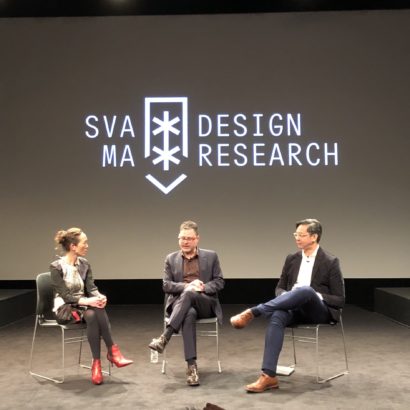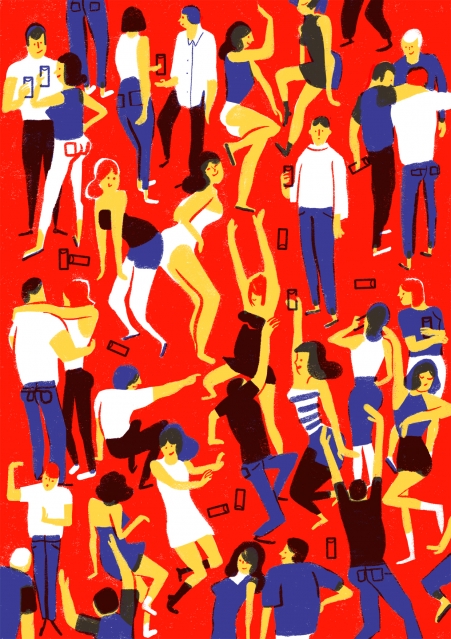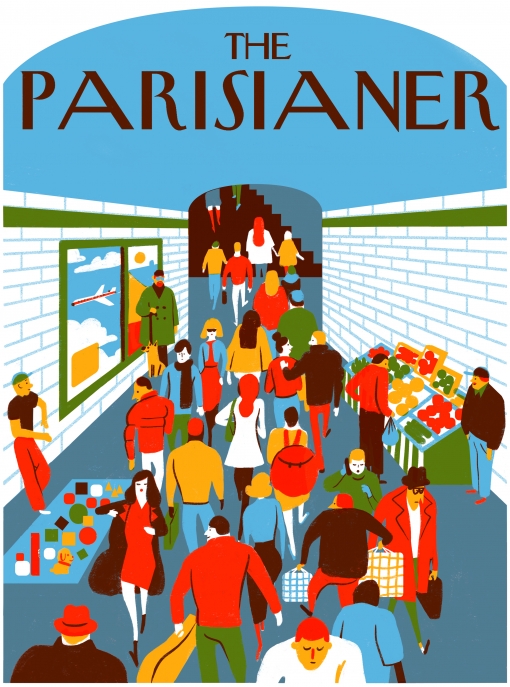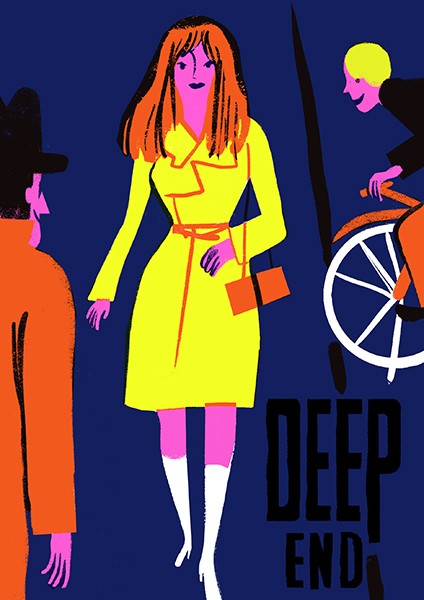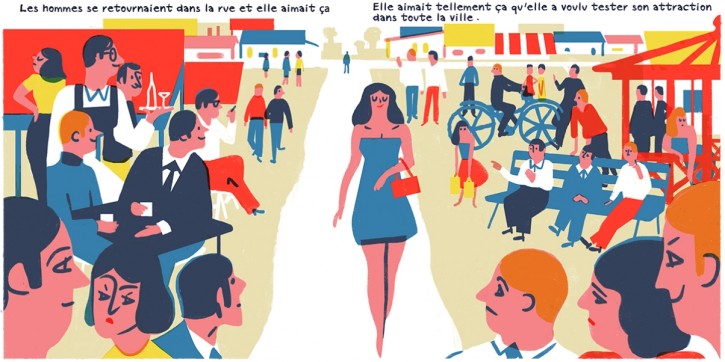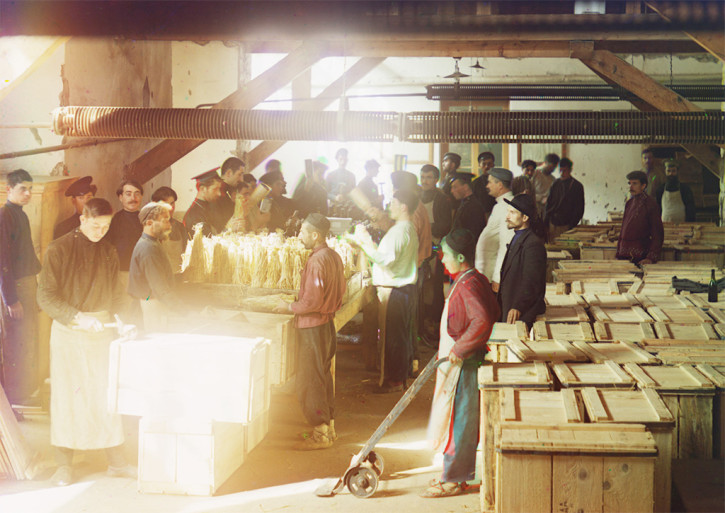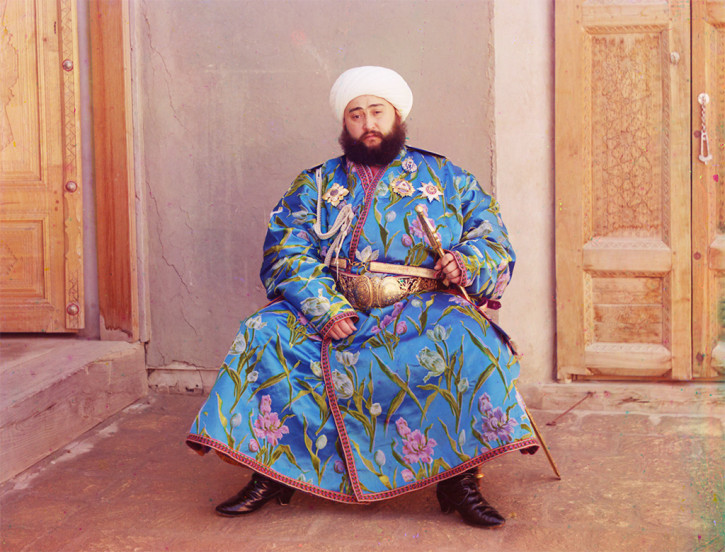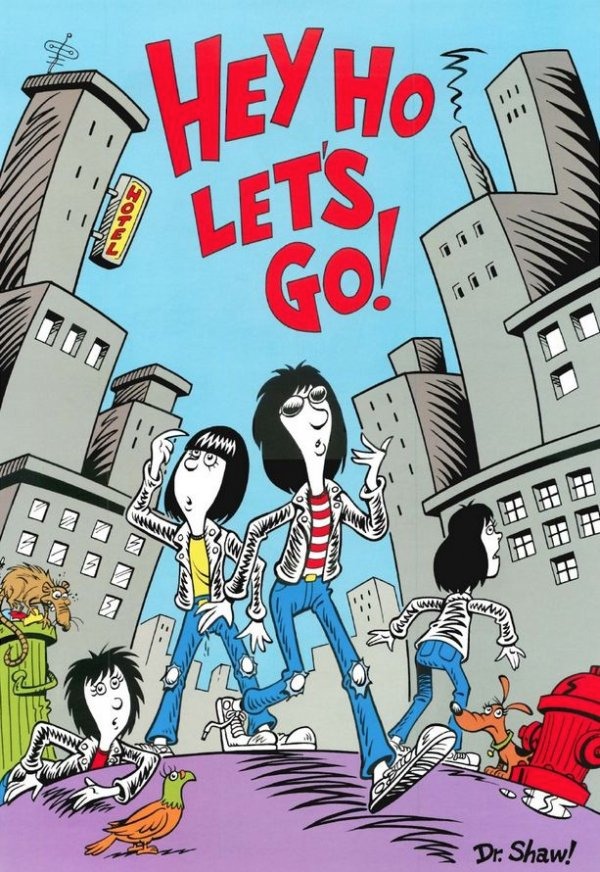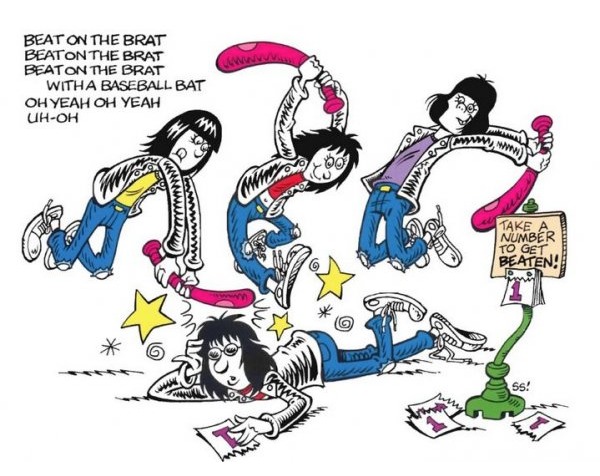Apple released a kind of status update on its current diversity initiatives yesterday. The numbers are better than I expected, and CEO Tim Cook’s statement is encouragingly frank:
Apple is committed to transparency, which is why we are publishing statistics about the race and gender makeup of our company. Let me say up front: As CEO, I’m not satisfied with the numbers on this page. They’re not new to us, and we’ve been working hard for quite some time to improve them. We are making progress, and we’re committed to being as innovative in advancing diversity as we are in developing our products.
One thing nags at me, though: what would this report look like if you segmented out Apple’s retail division, which I’m guessing employs a greater number of women, minorities, gays, veterans and disabled workers than its product, engineering and marketing operations? Moreover, most retail employees are likely part-time and/or relatively low wage earners; what would these numbers look like if they were segmented so that we can see how well Apple’s diversity initiatives are faring for full-time workers earning over $100,000 a year? Or full-time workers earning more than $200,000 a year? I suspect the numbers would then look less encouraging, maybe even starkly different from what’s being reported here.
If the company is truly “committed to transparency,” then this kind of insight is important, because it gives us a much clearer picture of what opportunity looks like at Apple than simply counting all 98,000 of its employees as being equal.
+
